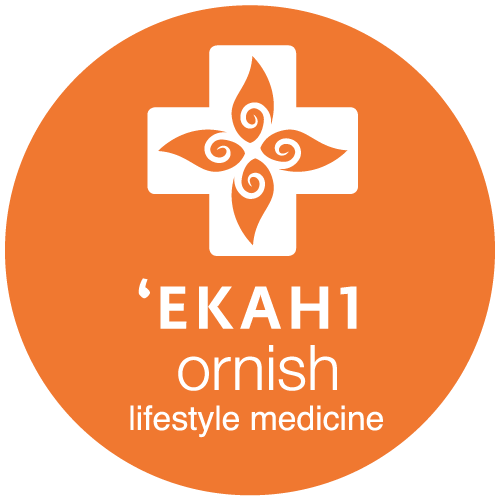Exercise
Strength Training
Now that your heart and lungs are developing strength, stamina and efficiency, it’s time to start working on the other muscles of the body! In the past, we have emphasized the value of cardiovascular exercise, but we are becoming aware of how crucial resistive or strength training is in maintaining muscle tone and function. Incorporating strength training into your daily routine will allow you to continue doing the things you’ve always done, from carrying groceries and climbing stairs, to playing tennis and dancing till dawn.
After the age of 20, people who don’t engage in physical activity will begin to lose muscle. The most significant loss comes after the age of 60. Aging may contribute to some of this loss, but it is primarily caused by a decrease in physical activity. Cardiovascular exercise such as walking may be good for the heart, but it will have little effect on muscle mass. Only strength training has been shown to dramatically slow down the process of muscle loss. Two research studies by Dr. Maria Fiatarone and colleagues at the Center for Aging at Tufts University demonstrated that people in their 80’s and 90’s can make strength gains in just a few months of resistance training. Study results showed that subjects increased their strength by at least 100%, and improved their walking speed and stair-climbing ability.
So remember, it’s never too late to start. Strength training works on the “overload principle,” which involves making the muscles work a little harder than they are accustomed to by increasing the resistance to movement or the frequency and duration of an activity. In the past, strength training was used primarily by athletes to improve performance, or for physical rehabilitation after an injury. This kind of training used to be considered unsafe for populations like the elderly or people with cardiovascular disease, but recent studies have shown that strength training can be safe and effective for both of these groups when appropriately prescribed and supervised.
Strength training does NOT require expensive equipment and large amounts of time. It can be practiced at home, for 20-30 minutes per session, 2-3 times per week, using a minimum amount of resources. Hand weights, resistive bands and tubing, calisthenics and even plain old water jugs or soup cans can be used to provide the needed resistance. Create a balanced exercise program by combining cardiovascular exercise, resistive/strength training and stretching for flexibility.
Benefits of Regular Strength Training Exercise
- increased strength and flexibility of muscles, tendons and ligaments
- increased functional capacity
- increased lean tissue and metabolism
- increased bone density (which may help prevent bone loss)
- better balance and stability
- injury prevention
- increased self-confidence, improved self-image
- improved ability to perform occupational and
- leisure time activities
- improved exercise adherence (because of the diversity of exercises)
Strength Training Guidelines
- Breathe! Exhale (blow out) during the exertion phase of the lift. Remember this: Exhale on Effort.
- Maintain proper speed of motion with slow, controlled movements.
- A repetition is the lifting and lowering of the weight. Lift on a 2 count and lower on a 4 count.
- Exercise through the full range of motion but within your comfort level. Emphasize complete extension of the limbs when lifting.
- Pause for a brief moment at the end of a movement (extension) to avoid using momentum (swinging).
- Never sacrifice form for resistance. Stay within your limits!
- Use a partner to help you when necessary.
- Select exercises for both the upper and lower extremities.
- Loosely hold handgrips when possible; sustained, tight gripping may evoke an excessive blood pressure response to lifting.
- Because resistance training is muscle specific, each exercise may require a different weight.
- Stop exercise in the event of warning signs or symptoms, especially dizziness, arrhythmias, unusual shortness of breath and/or angina pectoris (chest pain).
- Do not perform strength-training exercises with any kind of musculoskeletal pain or injury.
Additional Links:
